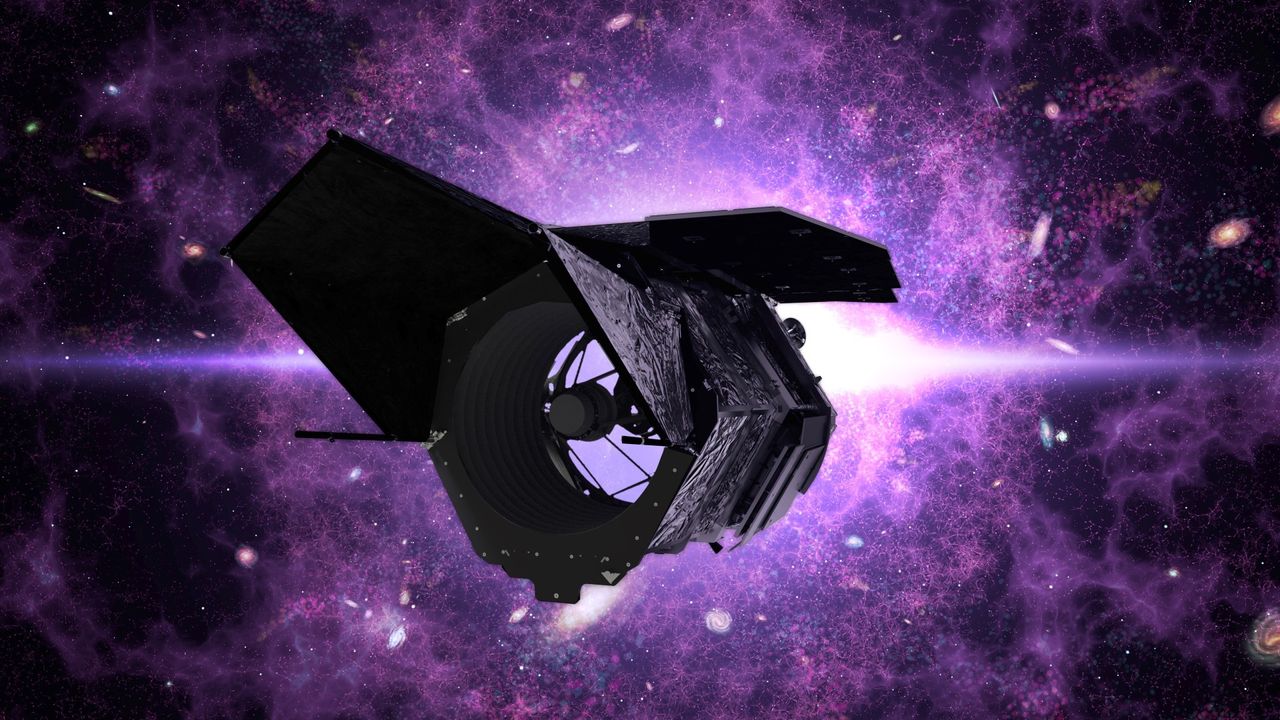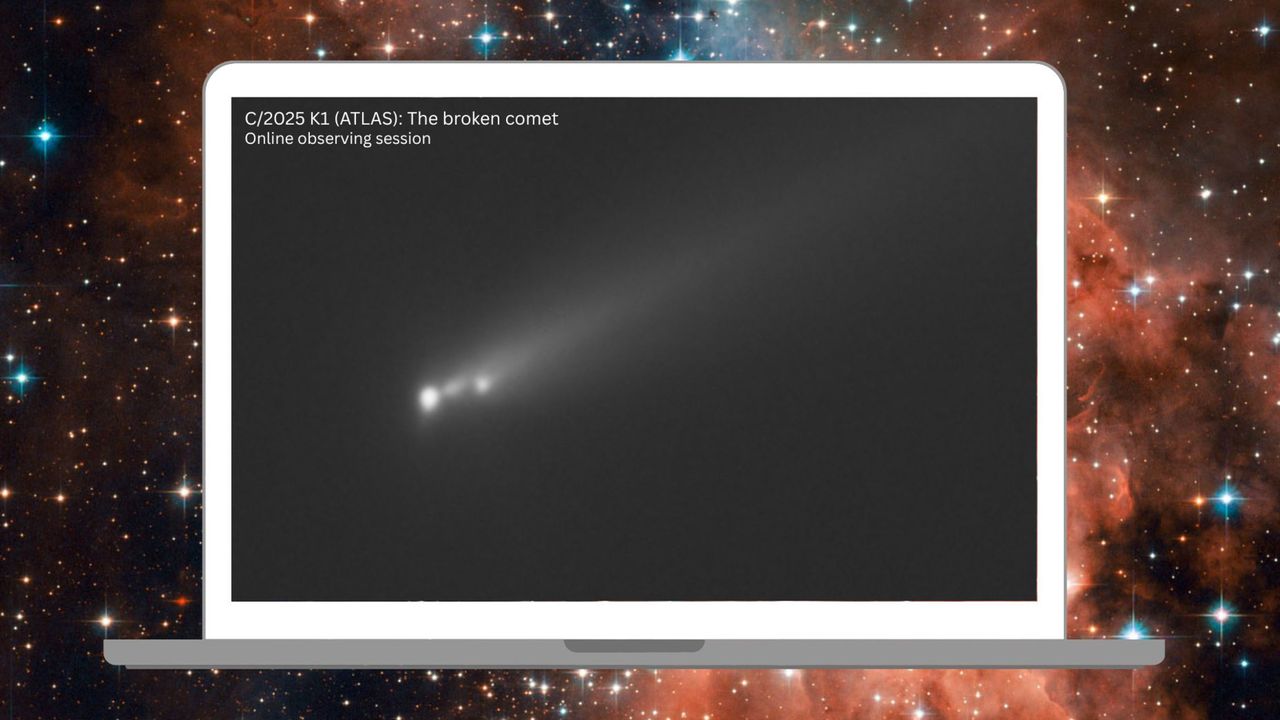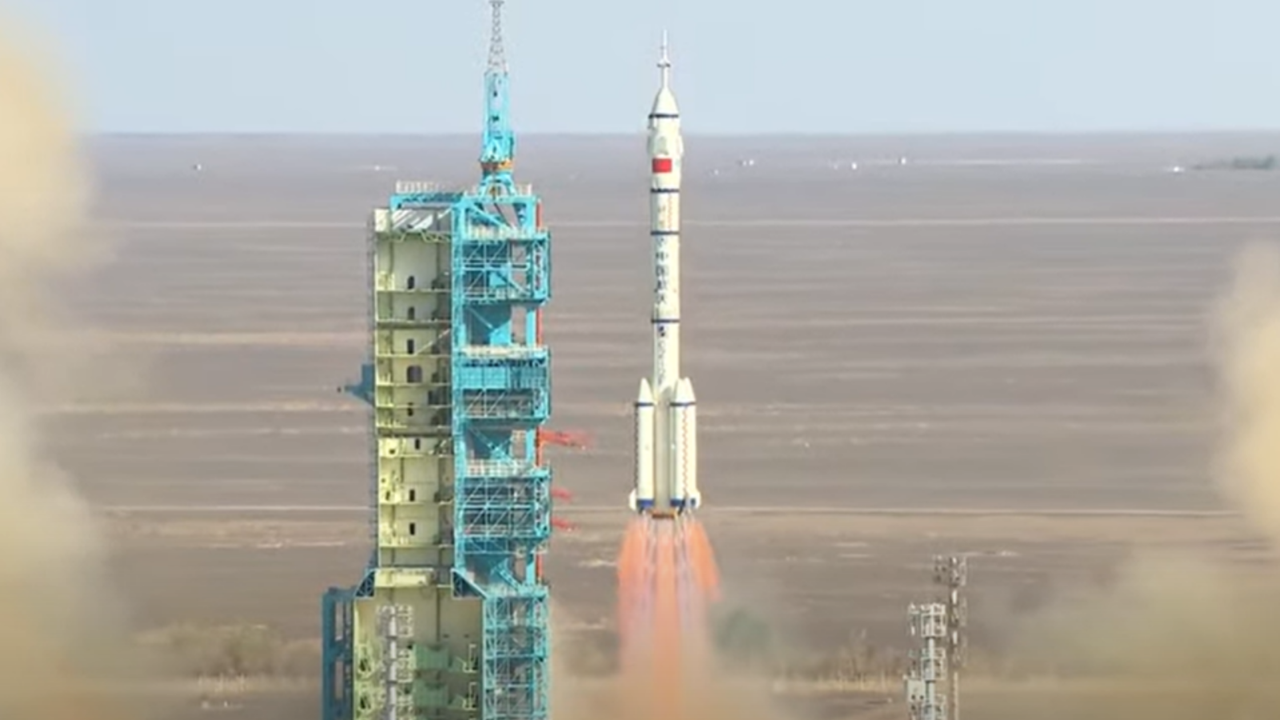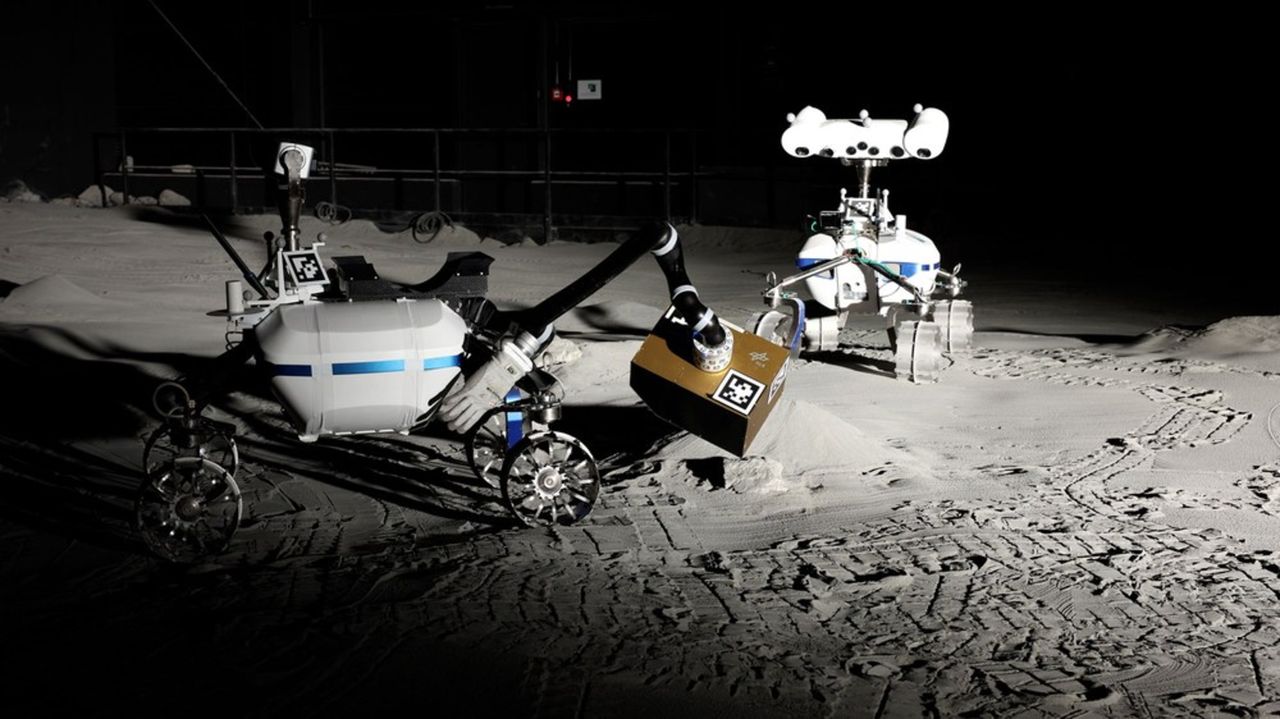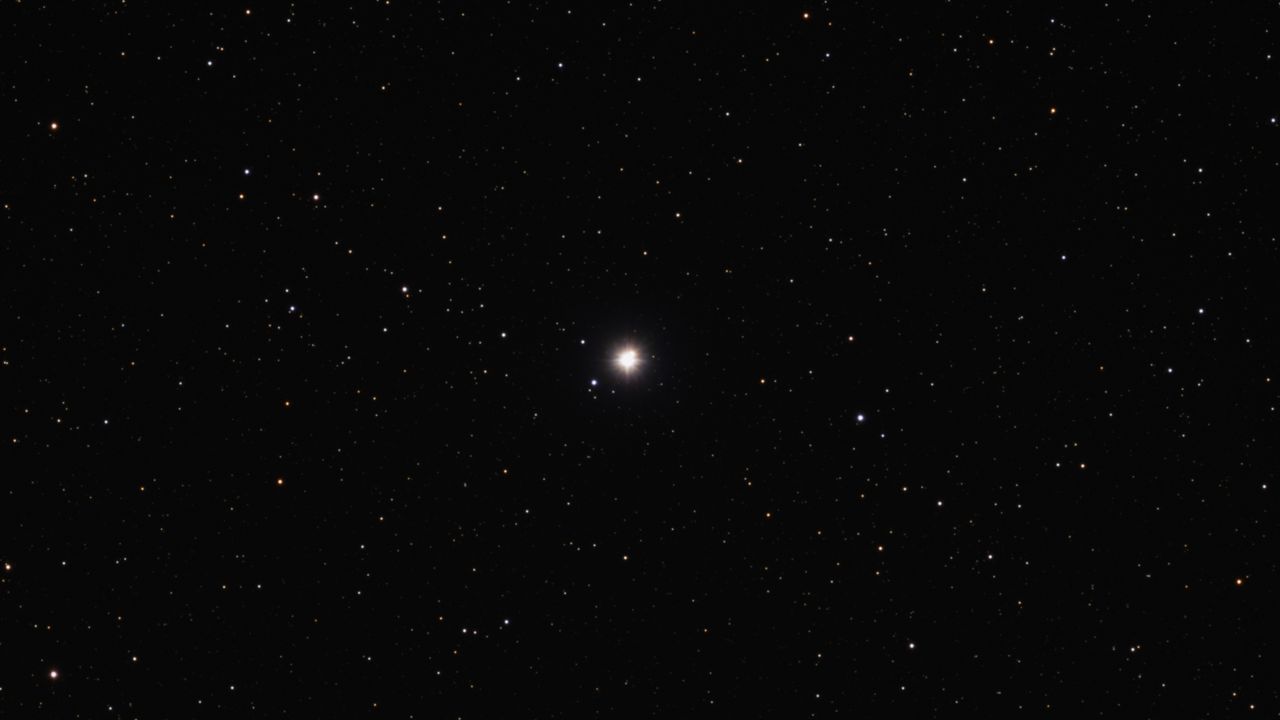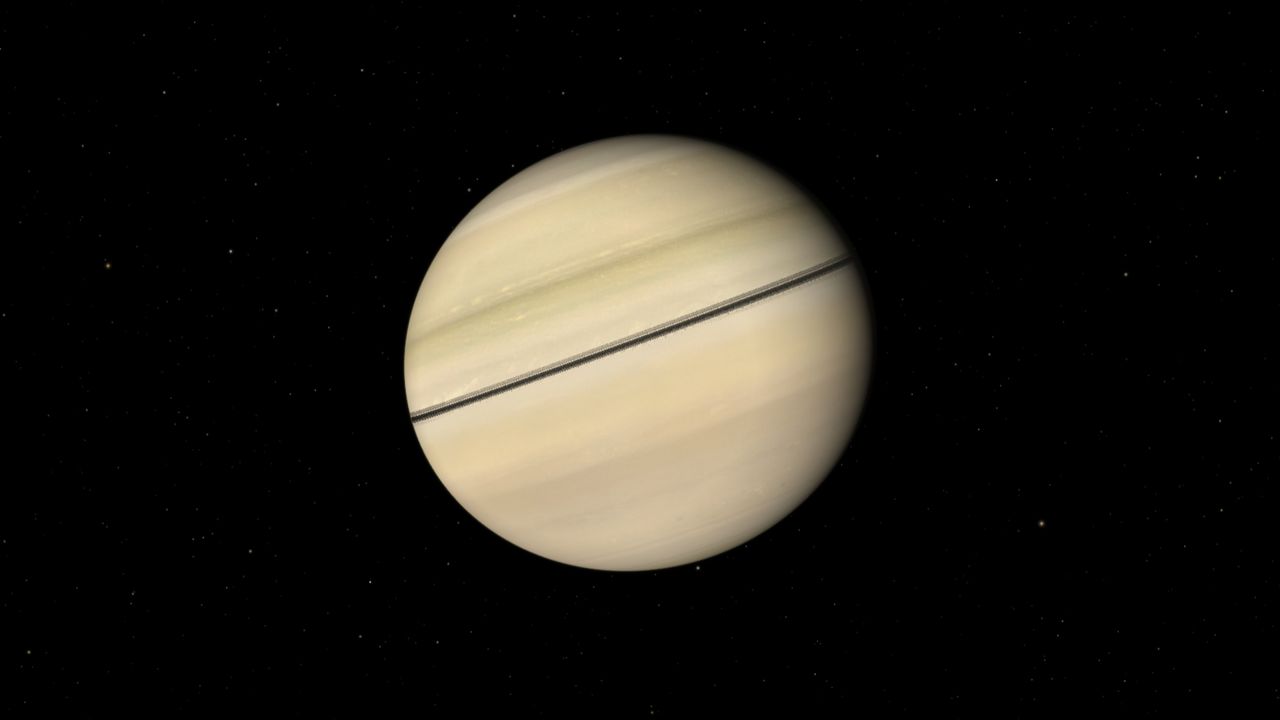Satellite sees Antarctic ice shrink to 3rd-lowest max ever | Space photo of the day for Nov. 24, 2025
NegativeScience
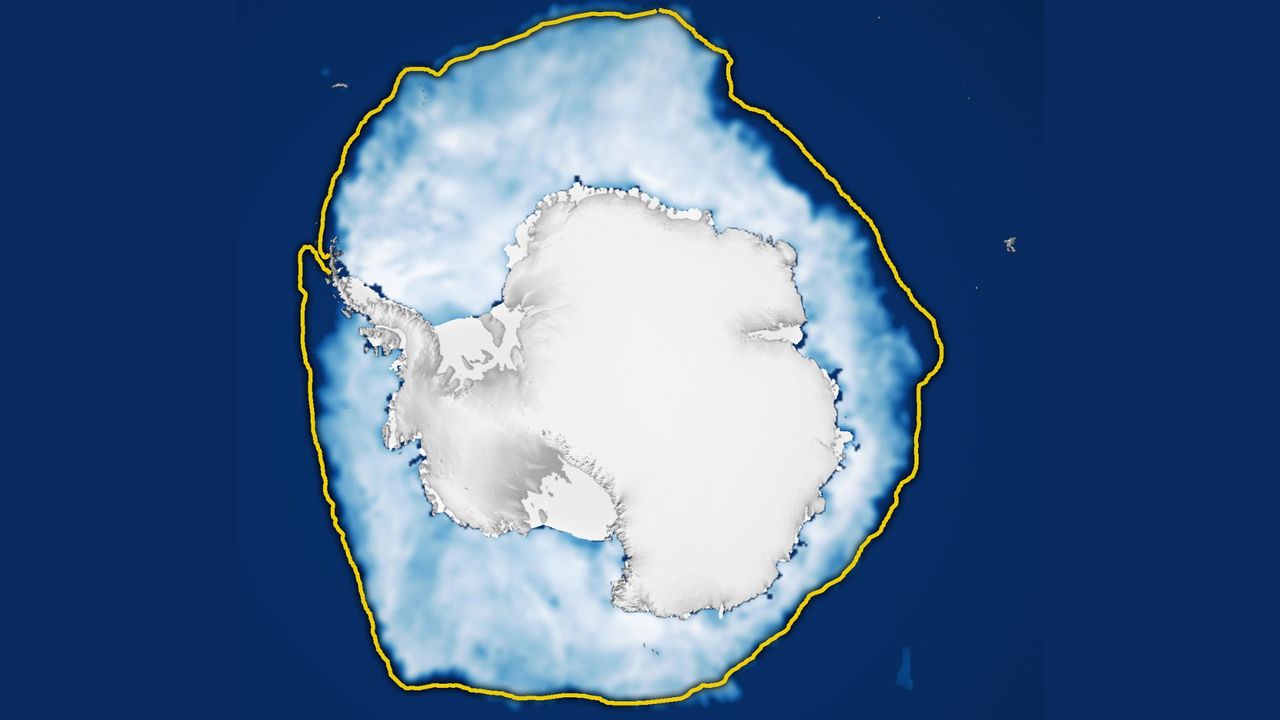
- A recent satellite observation has revealed that Antarctic ice has shrunk to its third-lowest maximum extent ever recorded, raising concerns about the implications for global climate patterns. This significant reduction highlights ongoing changes in the polar regions, which are critical indicators of climate change.
- The shrinking ice in Antarctica is alarming as it signals potential long-term impacts on sea levels and global weather systems. Such changes could exacerbate existing environmental challenges, affecting ecosystems and human populations worldwide.
- This development underscores a broader trend of climate change effects being observed from space, contrasting with more positive celestial phenomena like the recent sighting of comet Lemmon by astronauts aboard the ISS. The juxtaposition of these events reflects the dual nature of space exploration, where awe-inspiring discoveries coexist with urgent environmental crises.
— via World Pulse Now AI Editorial System
